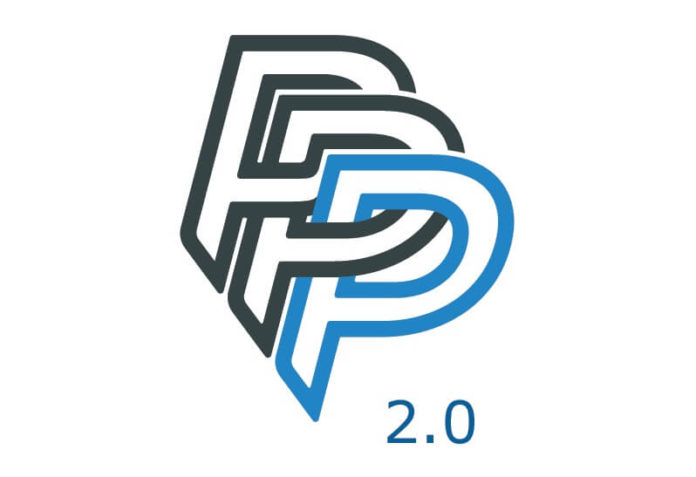5 Things To Know About PPP 2.0
By Gerri Detweiler
December 28, 2020
Update: The President signed a stimulus bill approving the second draw PPP loans on December 27, 2020. These business loans will likely be available sometime in the first few weeks of January.
With cash buffers of just 27 days, small and medium-sized businesses (SMBs) are notoriously vulnerable. This year, though, the fight for business survival has been particularly difficult. 2020 saw numerous restaurants, gift shops, and salons shutter their doors—more than 100,000 businesses. That said, there are still countless business owners fighting to stay open, and this week’s headlines have brought newfound hope.
While slight, these changes are hugely important. This year, I saw firsthand why the first round of aid fell short for so many small businesses. At Nav, a fintech that helps SMBs secure financing, our team helped over 4,000 business owners secure loans through PPP, but we also saw many small businesses get left behind. A recent survey by Nav found that only 36% of the smallest U.S. businesses applied for PPP, as compared to 61% of mid-sized businesses. Many of these smallest businesses reported opting out of the process due to its now-famous complexities or a lack of the sheer resources required to apply.
In this article, I’ve pulled from the over 5,000 pages of legislation to distill five key points about the new round of PPP loans. This won’t be fully official until a bill is signed, but for now, here’s what you need to know:
1—This round of PPP .02 is meant to target smaller businesses impacted by COVID-19
From the top, changes to eligibility requirements make it clear that the second draw PPP loans are meant to better target smaller businesses negatively affected by the pandemic. Not only must eligible businesses qualify as a small business according to SBA industry revenue standards, but they also must employ fewer than 300 employees, and have suffered at least a 25% gross revenue reduction in at least one 2020 quarter compared to 2019, with alternative calculations for seasonal businesses and those not in business for all of 2019.
Beyond this eligibility approach, a draft of the proposed stimulus bill indicates that the use of funds will be more flexible. It’s true that both rounds are very payroll-focused, but this round adds new categories of eligible non-payroll expenses businesses have had to invest in to weather this pandemic, like PPE or delivery software. This is important for small business owners because that means they can use the money for critical operations costs to stay afloat.
2—There are some very favorable tax changes for small businesses.
Separately, there are some very favorable tax changes. Neither PPP funds nor EIDL grants are taxable. In addition, businesses may still deduct eligible expenses paid for with PPP or EIDL funds. Before EIDL grants were taxable and businesses could not deduct expenses paid for with PPP funds. Borrowers who got an EIDL grant had to deduct this from their PPP loan for forgiveness purposes, effectively saddling them with a loan for that amount. That will be eliminated retroactively.
The ability to subtract EIDL from PPP forgiveness (combined with the fact that SMBs can still deduct qualified expenses paid for with PPP/EIDL) means business owners will avoid a bigger tax bill and ultimately gain more value from stimulus funds.
3—Even if you received funds in the first round of PPP, you may qualify for a second loan.
Of course, new applicants are welcome as well as long as they qualify, but what if you already received PPP funding? Turns out, you may be welcomed back. Businesses that got a PPP loan in the first round can apply again so long as they are eligible.
Now, what if you returned portions of your loan? If you return all or part of your PPP loan, you may apply for an “amount equal to the difference between the amount retained and the maximum amount applicable.” Or, if you did not accept the full amount you may request a modification to allow you to borrow the full amount for which your business is eligible.
4—The maximum PPP loan amount for a single business is $2 million.
Down from the $10 million maximum loan in the CARES Act, the maximum loan amount for any business getting a second draw loan is $2 million. This means fewer businesses will get large loans that crowd out smaller businesses. For context, the total budgeted amount for these new PPP loans is just over $284 billion. And, as with the first round of PPP, businesses may be eligible for full forgiveness of these loans if proceeds are spent properly within a specific time period.
5—For full forgiveness, borrowers must spend the majority of the loan on payroll.
Similar to the first round of PPP, this program is primarily intended to keep employees (including the business owner or independent contractor) on payroll. To obtain full forgiveness, borrowers will need to spend at least 60% of loan proceeds funding on payroll, specifically, compensation of up to $100,000 per employee plus payment of a variety of other compensation expenses including the newly added group life, disability, vision, or dental insurance.
While these are key takeaways from the PPP-specific terms of this Act, it’s worth noting that other forms of relief may be authorized as well. If approved, the Act will bring another $20 billion in new EIDL grants into play, offering up to $10,000 in funds that don’t have to be repaid. That includes businesses that may not have received the full amount in round one. From here, join me in crossing your fingers for speedy approval of this legislation, and cheers to what’s looking like a brighter 2021.
Gerri Detweiler is Education Director at Nav.




















































